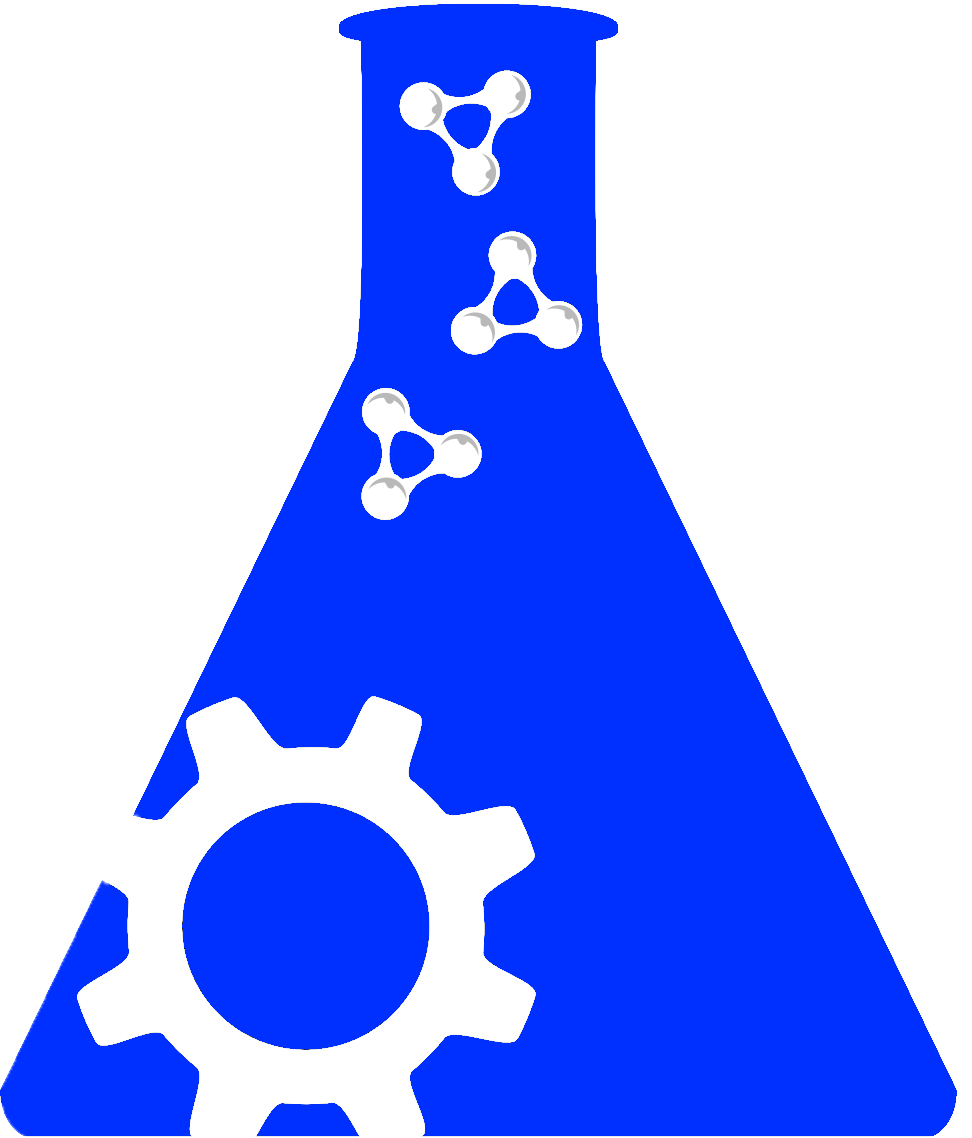Full Data Package |
Data Dictionary |
|||
|---|---|---|---|---|
Create new odc-sci Account and/or log in to download the file. |
||||
Data for weight, bowel outcomes, bowel histology, and food intake in female mice after T3 complete transection injuryDOI:10.34945/F57K5HDATASET CITATIONWireman O. H., Sams E. L., Richey L. E., Hammers G. V., Stewart A. N., Bailey W. M., Patel S. P., Gensel J. C. (2025) Data for weight, bowel outcomes, bowel histology, and food intake in female mice after T3 complete transection injury. Open Data Commons for Spinal Cord Injury. ODC-SCI:1279 http://doi.org/10.34945/F57K5HABSTRACTSTUDY PURPOSE: The goal of this study was to evaluate bowel outcomes in young (4-6 months old) female C57/BL/6J mice after complete T3 transection spinal cord injuryDATA COLLECTED: Sham (laminectomy) or T3 transection: evaluations up to 21 days post spinal cord injury (SCI) including: Food (caloric) and water intake daily alongside body weight measures Fecal output over 1 hour of recording Colon fecal pellet counts at time of euthanasia Bead expulsion from distal colon Anatomical analyses of colon including collagen staining Myography of colon tissue at time of euthansiaCONCLUSIONS: T3 transection SCI in female mice causes weight loss and impairs bowel function as indicated on several outcome measures. The number of fecal pellets retained in the colon increased significantly in animals receiving SCI compared to sham (laminectomy only) injuries by 4 days post-injury (dpi) and persisted to 7 and 21 dpi. Furthermore, the number of pellets expelled (fecal output) significantly decreased in SCI versus sham animals at both 7 and 20 dpi. Pellet size was significantly decreased in the SCI versus sham animals at both 7 and 14 dpi, collectively indicative of decreased motility with SCI. Consistent with these observations, colonic motility using the bead expulsion assay was reduced, non-significantly, in SCI vs. sham animals at all three timepoints. Through ex vivo analyses of live colon sections, we tested the maximal contractility of the circular musculature from both the proximal and distal colon using a myograph system. The maximal contractility of the distal colon significantly increased in SCI compared to sham at 21 dpi. Interestingly, the distal colon of SCI animals at the same time point, 21 dpi, displayed significant collagen deposition in the musculature. These observations are consistent with previous reports in rats and have translational correlates in humans.KEYWORDSbowel; dysfunction; constipation; transection; SCIPROVENANCE / ORIGINATING PUBLICATIONSRELEVANT LINKSNOTES |
DATASET INFOContact: Gensel John (gensel.1@uky.edu)Lab: Gensel Lab (Nero)
|
|




